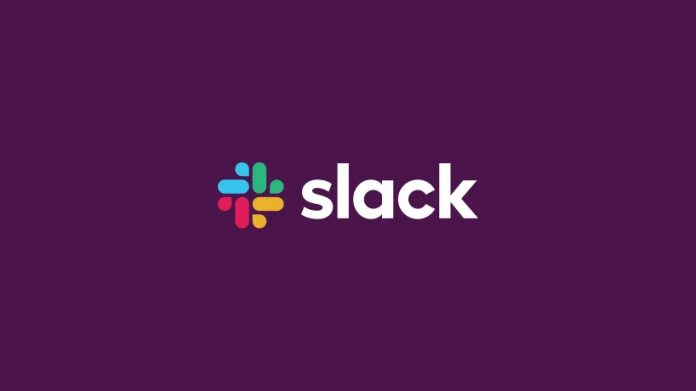Microsoft revealed that it had 13 million daily active users in July, in what Butterfield says was the quiet period after Slack’s direct listing. Slack eventually responded in October, stating a lower 12 million, but highlighting customer engagement and enjoyment as a counterpoint. At the conference, Butterfield noted that it was “kind of crazy” that Microsoft released the stats at that point while saying the company had been “surprisingly unsportsmanlike” in its competition. “We see things like paying companies to use Teams and that leans on a lot of existing market power…maybe it’s something we should have a look at but we haven’t taken any action,” he continued.
Historic Clashes
Shortly after Microsoft announced Teams, Slack took out a full-page ad in the New York Times. In an open letter, it said it was “genuinely excited about the competition”, but went on to give somewhat patronizing advice. In July, Butterfield likened Microsoft Teams to the now-defunct Google+, while pointing out Bing’s lack of traction and downplaying the threat. In September he suggested Teams can’t meet the needs of some Fortune 100 companies, and just last month Slack released its average active time stats. If there’s a lack of sportsmanship, it’s clear this is no longer a one-way street. Still, the company has long reasoned that Teams’ bundling with Office 365. Butterfield referred to Microsoft’s active user statistics as “a little bit misleading” as a result. “If you look at our top 50 biggest customers, 70 percent of them are not only Office 365 users but they are Office 365 users who use the integrations with Slack,” he said. Microsoft has not directly responded to Butterfield’s comments, but it did release a general statement about teams: “We have been building and evolving our collaboration offerings in Office 365 for over a decade, and have learned throughout that time that people choose apps and services based on how they want to work,” the company said. “Over 13 million people at over 500,000 organizations choose Teams every day because it provides a single hub for everything teams need – chat, video conferencing and calling, their Office files, and apps, all backed by industry-leading security and compliance capabilities. We continue to evolve Teams to help our customers transform their cultures and businesses for the new world of work.”




